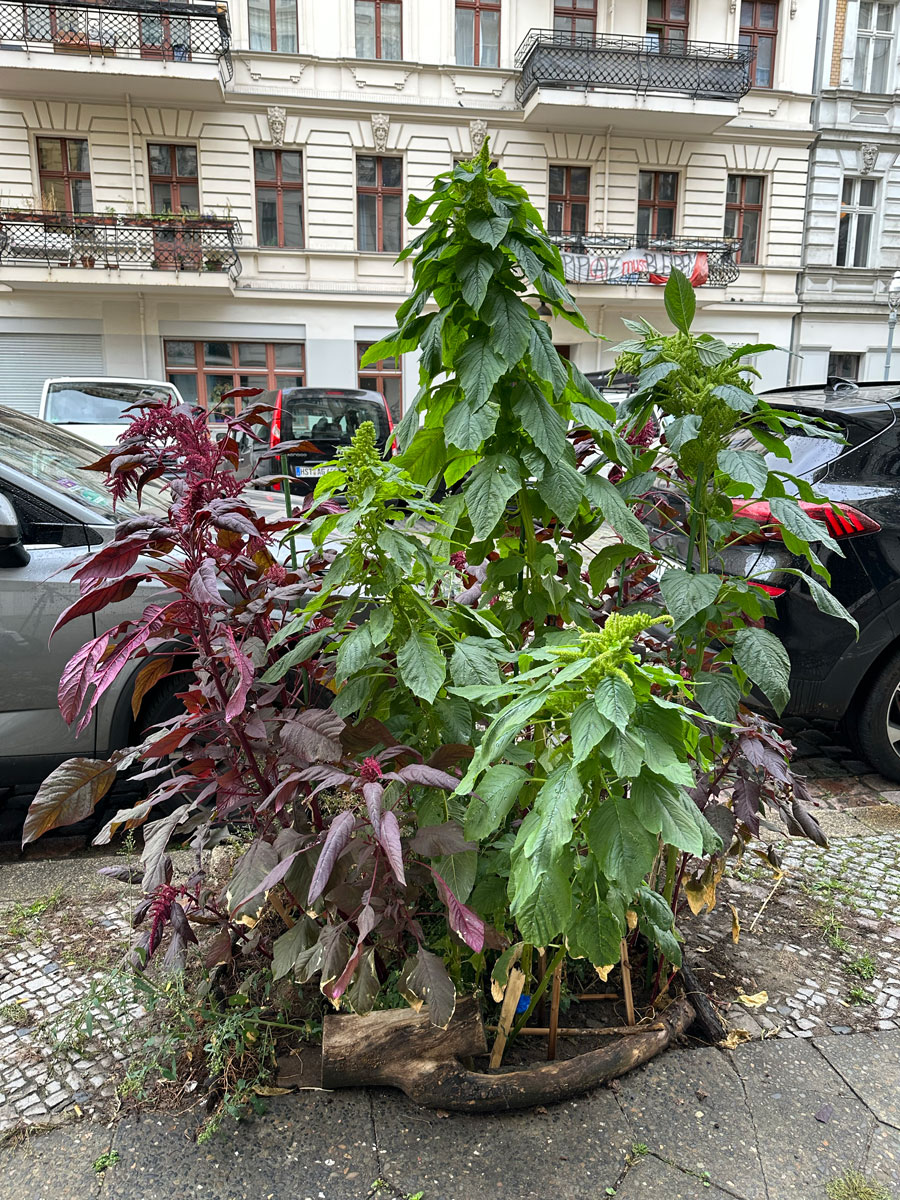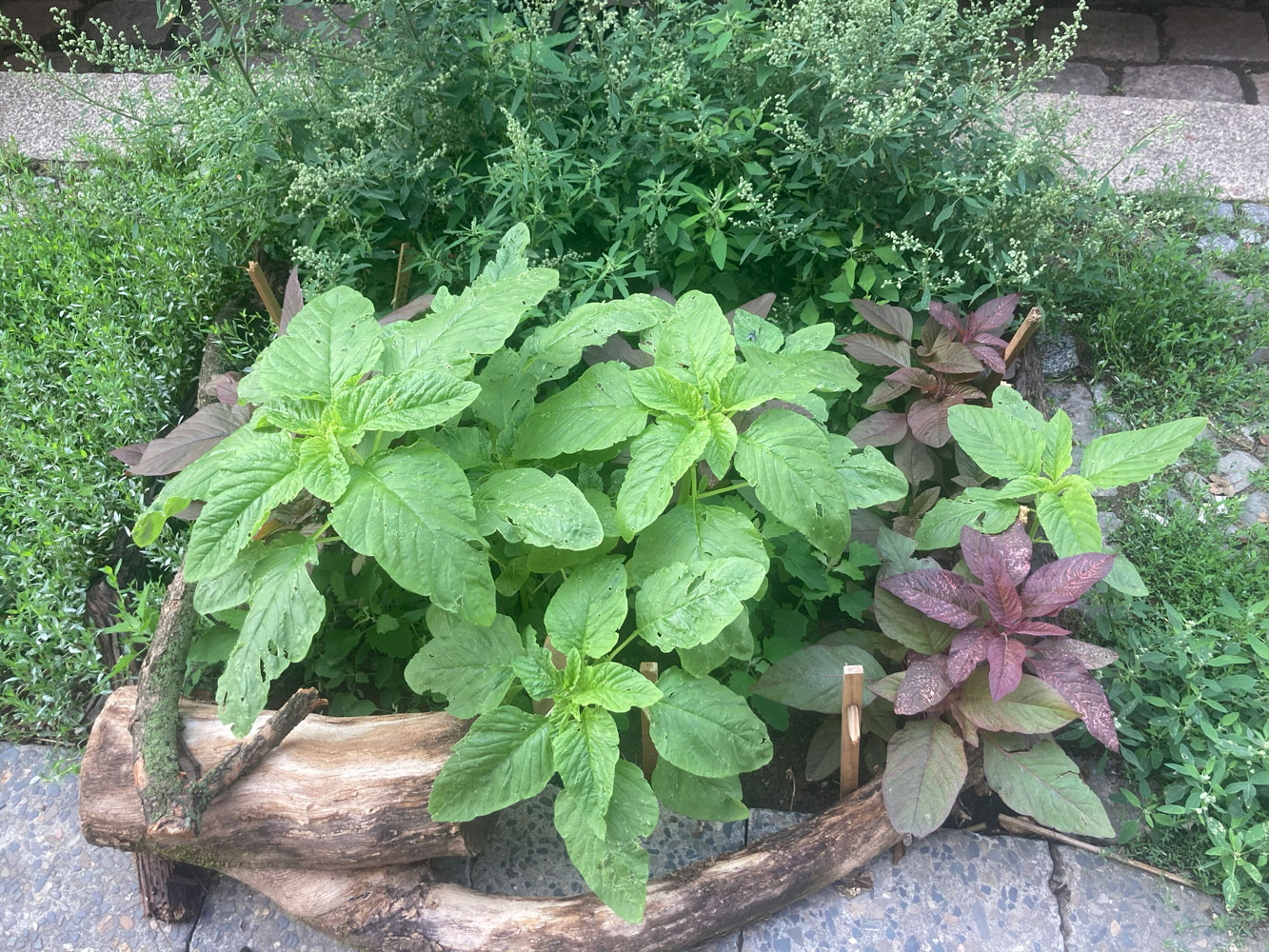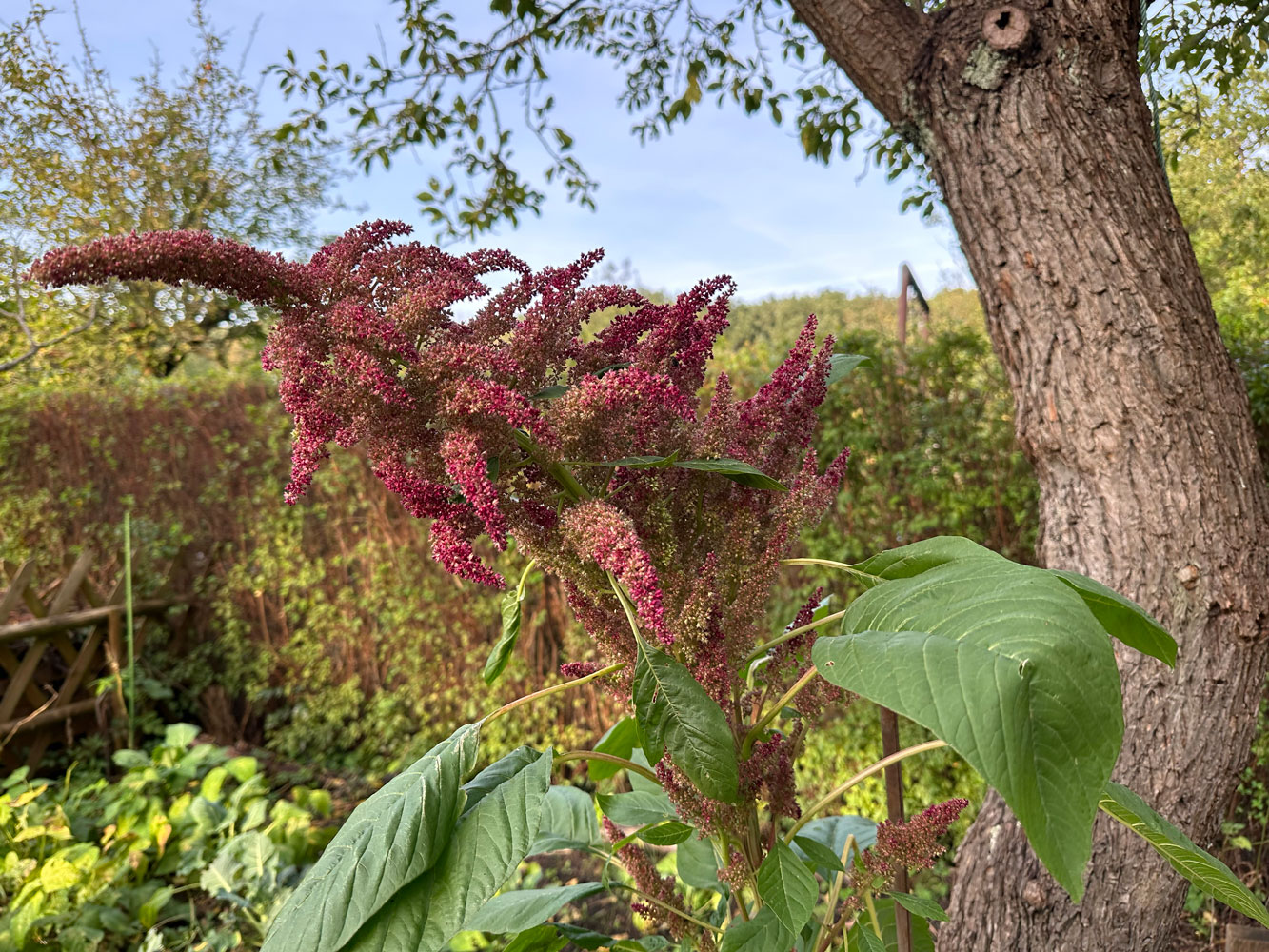


I grew up surrounded by cement in a working-class ex-factory neighborhood. Since I was a child, I was attracted to the plants called "weeds" that grew in the cracks of the streets and sidewalks without the care or attention of the city's inhabitants. They appeared to me as a natural presence demanding attention and fighting for a space in the middle of the concrete. Some of my neighbors in Avellaneda (the neighborhood where I grew up) tried to remove them neatly from the sidewalks, but they always managed to continue growing. Later, I learned that what I was taught was that a weed is a wild plant that insists on growing where humans do not want it to be. These spontaneous species are also, in many cases, edible plants.
Malezas (bad-plants) means in Spanish weeds. Decades ago, the biologist Eduardo Rapaport renamed malezas with the term buenezas (good-plants) and created a manual with the edible weeds of the Conosur, intending to show local people (in many cases impoverished and without access to the primary family food basket) that spontaneous vegetation can also provide food. I have two copies of his book, one in Buenos Aires and the other in Berlin, accompanying me in my research and serving as a dictionary of wild plants. Wild amaranth species are some of the buenezas that Rapaport included in his book.
In 2018, environmental activist, biologist, and philosopher specializing in the ethics of science Guillermo Folguera showed me his terrace vegetable garden at his house. He said that when he started the garden, as an academic, he could theorize about life and Nature, about what a tomato is, but he had never seen it grow. With this reflection, he exemplified the distance between theoretical knowledge and know-how in his own life. I grew up in a city, and thanks to my research, I have learned a lot about agriculture and Nature from farmers, indigenous people, and agro-ecologists. However, as Folguera did, it was time for me to learn about plants first-hand and down to earth. During my research trip to Argentina, I collected amaranth seeds to plant and grow them myself. To closely observe the amaranth growth process daily, learn about differences between cultivated and wild amaranth varieties, and get to know my companion and teacher plant more deeply. As Alexandra Toland put it, I am adopting an amaranth family. Furthermore, as this family grows, it's changing the way I relate to plants.
For the first time, I was solely responsible for a family of plants. Starting from the collection of their seeds, by planting them in different contexts seeking to find where they grow better and happier: first pots, then my backyard (too little sun), after sidewalk bed from the street I live in Berlin (much more sun and then much better growth conditions) and finally my urban garden. I first tried to create a home for them with sun exposure only in the morning, after sun all day. Fences protected all around the plants with thin wood at first, then with small posters with information, and at the end, ornately framed with trunks. I look at them carefully every day. I marvel at how they perform colour from magenta to green and vice versa.



